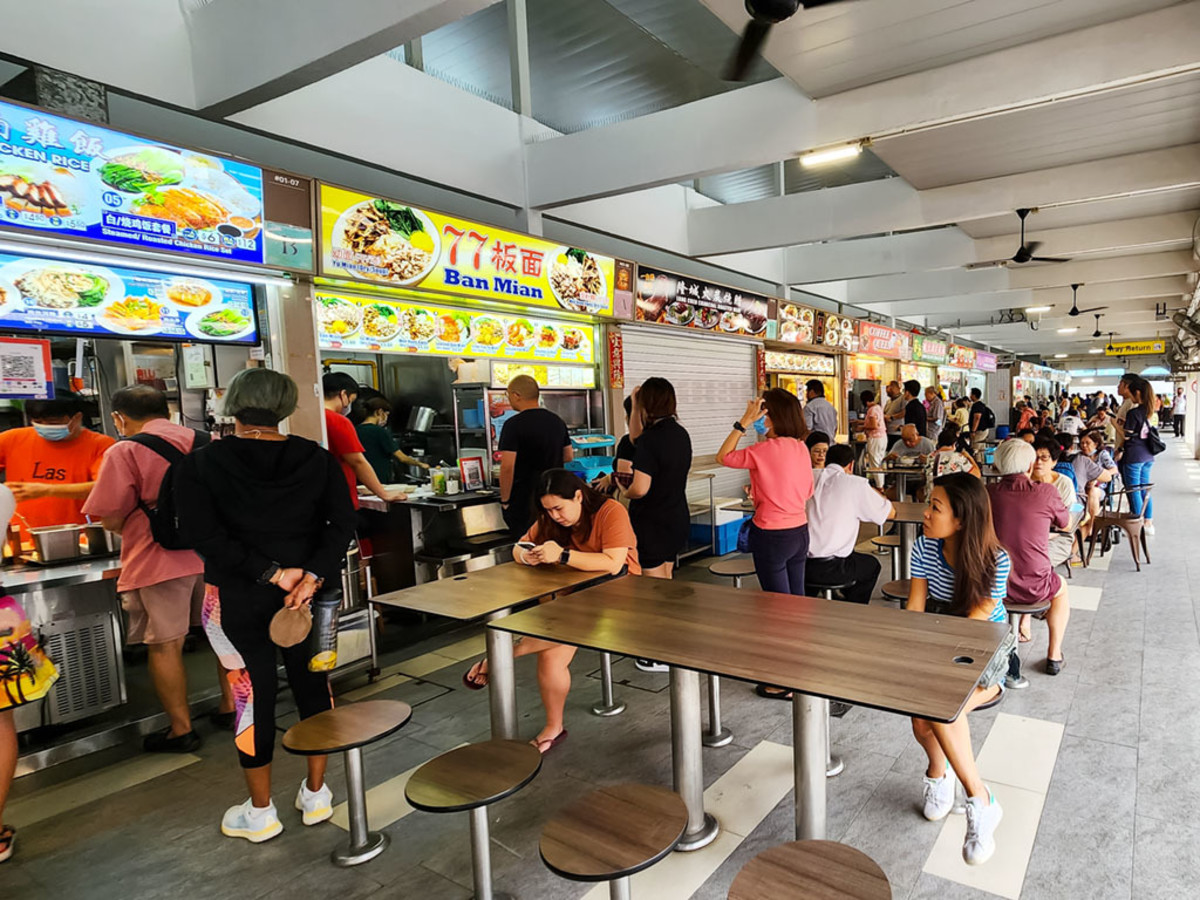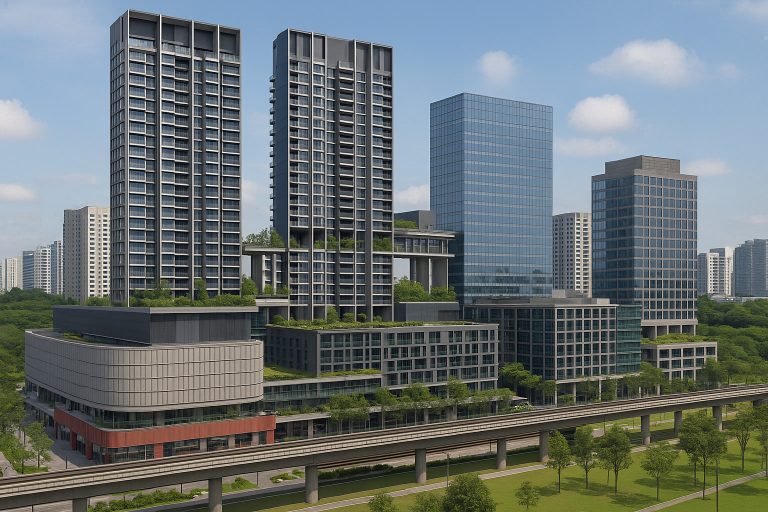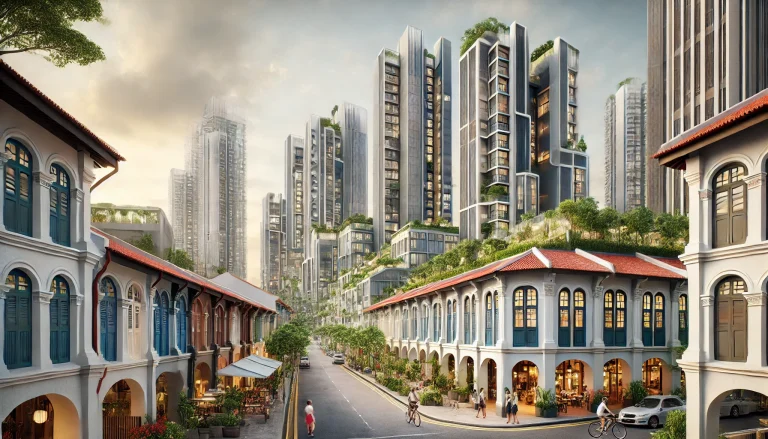Hawker centres in Singapore serve as vibrant communal spaces, found in both neighborhoods and town centers. These food hubs house tenanted stalls, each specializing in a select range of dishes, offering diverse cuisines at affordable prices.
This project presents a historical survey tracing a century of hawker centre development in Singapore. First introduced by the colonial government in 1908, hawker centres expanded during the post-war and independence periods, evolving into cultural landmarks where people of all ages and backgrounds gather.
The exhibition features stacks of colored melamine crockery and trays arranged in a circular layout around a table. Each stack represents a different facet of the hawker centre’s evolution, including its socio-political origins, architectural design, cultural significance, and sanitation challenges. Visitors are encouraged to sit, pick up plates, and explore these themes.
Lai Chee Kien, an architectural and urban historian, is also a registered architect in Singapore. His research focuses on Southeast Asian art, architecture, settlements, urbanism, and landscapes. His notable works include Through the Lens of Lee Kip Lin (2015), awarded Singapore’s Best Non-Fiction Title in 2016, and Building Memories: People, Architecture, Independence (2016), which won Singapore Book of the Year in 2017.




